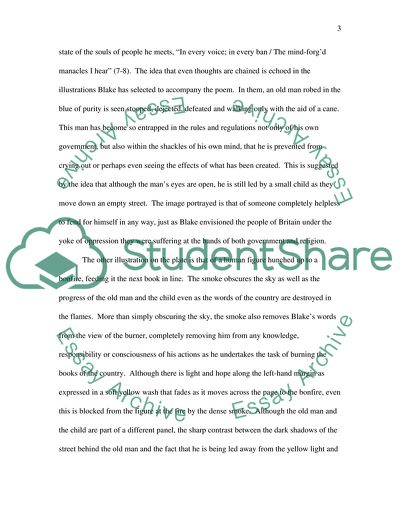Cite this document
(The Role of Illustrations in William Blakes Poems Essay, n.d.)
The Role of Illustrations in William Blakes Poems Essay. Retrieved from https://studentshare.org/literature/1703423-comment-on-the-relationship-of-illustrations-to-their-poems-in-a-few-of-the-songs-of-innocence-and-experience
The Role of Illustrations in William Blakes Poems Essay. Retrieved from https://studentshare.org/literature/1703423-comment-on-the-relationship-of-illustrations-to-their-poems-in-a-few-of-the-songs-of-innocence-and-experience
(The Role of Illustrations in William Blakes Poems Essay)
The Role of Illustrations in William Blakes Poems Essay. https://studentshare.org/literature/1703423-comment-on-the-relationship-of-illustrations-to-their-poems-in-a-few-of-the-songs-of-innocence-and-experience.
The Role of Illustrations in William Blakes Poems Essay. https://studentshare.org/literature/1703423-comment-on-the-relationship-of-illustrations-to-their-poems-in-a-few-of-the-songs-of-innocence-and-experience.
“The Role of Illustrations in William Blakes Poems Essay”. https://studentshare.org/literature/1703423-comment-on-the-relationship-of-illustrations-to-their-poems-in-a-few-of-the-songs-of-innocence-and-experience.


